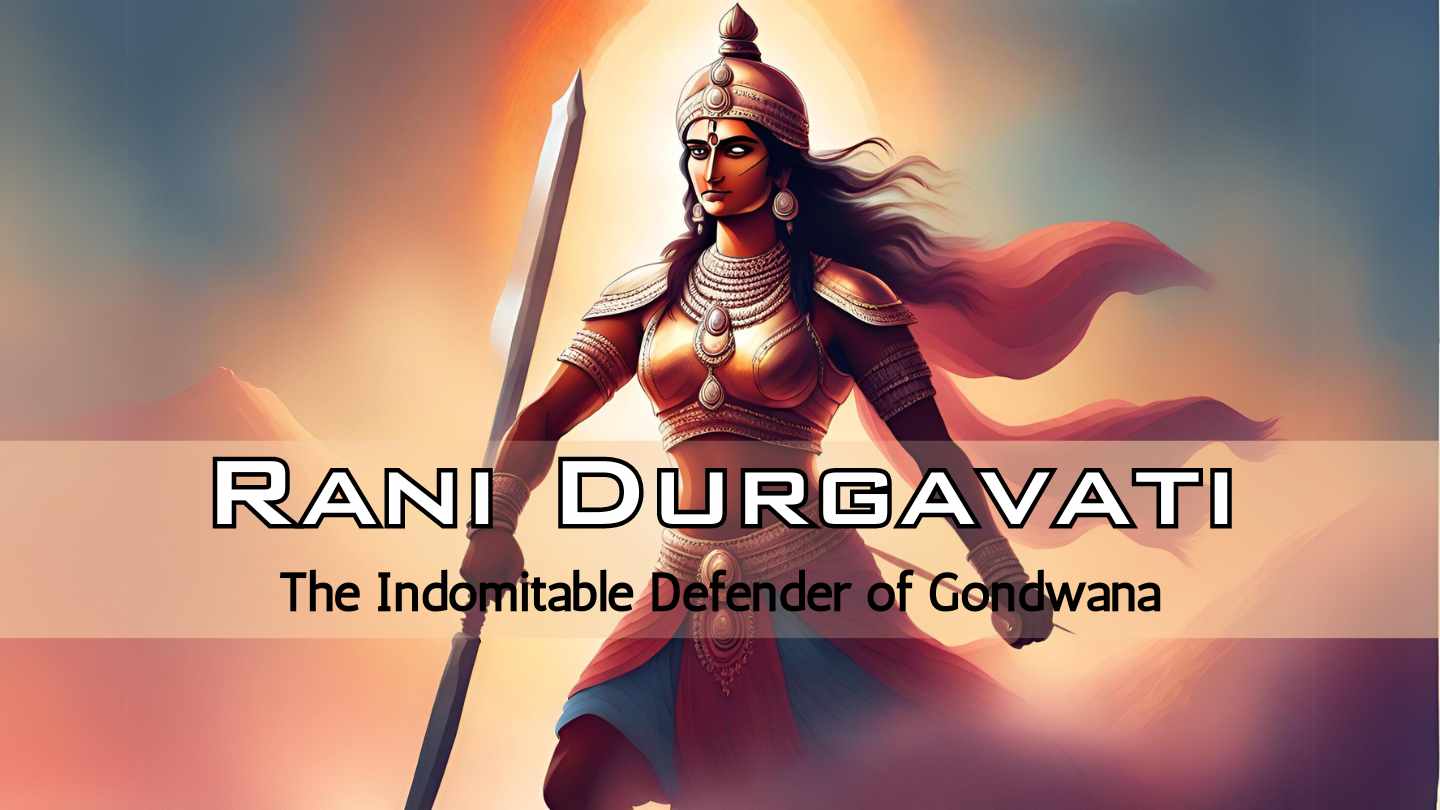
Every time I contemplate why Bharat is a polytheistic land, I come to realize that Bharat simply had more leaders than other countries, both in the realm of spirituality and patriotism. While many western cultures were awaiting prophets, Bharat was already home to people with profound philosophies. Similarly, while other nations had figures like Nelson Mandela and Abraham Lincoln, we had many of them. This is why we sometimes overlook the praise for certain warriors, as there are so many. Consequently, numerous warriors have gone unsung. One such warrior was Rani Durgavati - a queen who embodied the spirit of self-determination, courage, and resilience.
Early Life and Heritage
Rani Durgavati was born on 5th October 1524, in the fortress of Kalinjar, into the illustrious Chandel Rajput dynasty. Her family lineage, steeped in valor and cultural patronage, can be traced back to the defenders of India against Mahmud Ghaznavi and the architects of the magnificent Khajuraho temples. Rani Durgavati's birth into such a noble heritage foreshadowed her remarkable destiny.
In 1542, she was married to Dalpat Shah Kachhwaha, the adopted son of Gond King Sangram Shah, thus uniting the Chandel and Gond kingdoms in an unbreakable alliance. This matrimonial union laid the foundation for a reign that would resonate through the corridors of time, as Rani Durgavati embarked on her journey as the queen of Garha-Katanga, a realm encompassing the Narmada Valley and parts of Northern Madhya Pradesh.
Queen Regent and Administration
Tragedy struck the kingdom in 1550 when King Dalpat Shah Kachhwaha passed away, leaving behind his young son, Crown Prince Vir Narayan. It was in this turbulent time that Queen Durgavati rose to the occasion and took on the responsibilities of the regent. Assisted by Diwan Adhar Kayastha and Minister Man Thakur, she exhibited a rare combination of wisdom, strength, and diplomacy in governing the Gondwana kingdom. She championed peace, trade, and prosperity throughout her realm.
Queen Durgavati, recognizing the strategic significance of Chauragarh fort, shifted her capital there, thus securing her domain. Trade flourished, and her people prospered under her rule. This remarkable queen ruled with benevolence, overseeing an administration that managed around 12,000 villages directly. Her large, well-equipped army, consisting of 20,000 cavalry, 1,000 war elephants, and numerous foot soldiers, symbolized her might and resolve. She wasn't just a warrior queen; she was a compassionate ruler who undertook significant public works and was a liberal patron of learning.
The Mughal Invasion
In 1562, the Mughal emperor Akbar, having vanquished the Malwa ruler Baz Bahadur, expanded his dominion into Malwa. This placed the state boundary of Rani Durgavati's Gondwana in direct proximity to the Mughal Empire. At this time, Mughal General Khwaja Abdul Majid Asaf Khan, driven by imperial ambitions, sought to conquer Gondwana. He obtained permission from Akbar and launched an invasion.
Despite the overwhelming odds stacked against her, Queen Durgavati stood resolute in the face of the Mughal forces. She chose Narrai, a location strategically placed between a hilly range and the confluence of the Gaur and Narmada rivers, as the battleground. This battle was far from equal, with the Mughals boasting trained soldiers and modern weaponry while the queen's forces were relatively untrained and armed with older weapons.
The Final Stand and Sacrifice
As the conflict raged on, Queen Durgavati, unwilling to surrender or witness her kingdom's dishonor, decided to lead the defense herself. Her son, Crown Prince Vir Narayan, also joined the battle, displaying immense bravery by forcing the Mughal army to retreat thrice. However, the tides of battle turned, and defeat seemed imminent.
In the heat of the battle, the queen sustained severe injuries, including an arrow near her ear and another piercing her neck. She briefly lost consciousness but, upon regaining it, understood that the battle was lost. Rather than endure dishonor, she made the ultimate sacrifice. With unwavering resolve, she took out her dagger and ended her life on 24th June 1564, marking a day forever remembered as "Balidan Diwas."
Legacy and Commemoration
Rani Durgavati's life and legacy continue to resonate in the hearts of Indians. Her unwavering commitment to her kingdom, her people, and her honor is celebrated and revered to this day. The Madan Mahal Fort in Jabalpur, deeply associated with her and her son, the Crown Prince Vir Narayan, stands as a testimony to their valor.
In recognition of her extraordinary contributions, the Government of Madhya Pradesh renamed the University of Jabalpur as Rani Durgavati Vishwavidyalaya in her honor in 1983. The Government of India further paid tribute to her memory by issuing a postal stamp commemorating her martyrdom on 24th June 1988.
Rani Durgavati's story is a beacon of nationalism, courage, and self-determination. Her sacrifice and valor remind us of the strength that resides within the soul of every Indian. She is not just a historical figure but a symbol of India's indomitable spirit, echoing the sentiments of the resolute individuals who have shaped our nation's destiny.
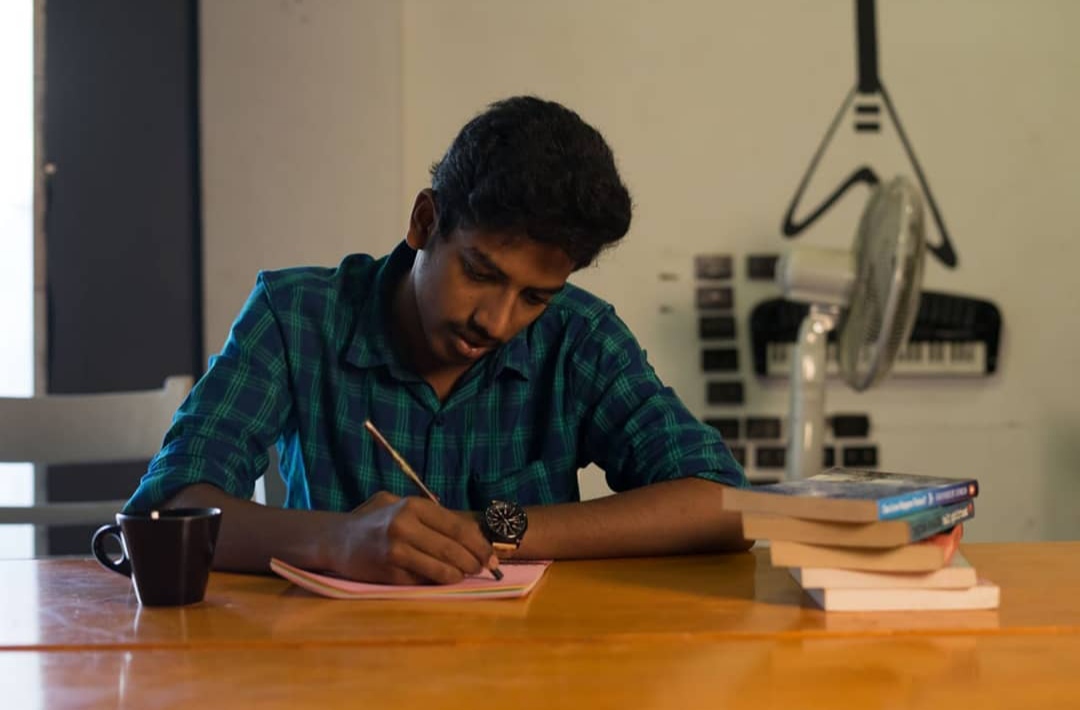
Vigneshwaran, Senior Correspondent of TheVerandahClub.com is both a skilled digital content writer and marketer by profession, as well as an avid independent writer driven by his passion. His literary talents extend to crafting beautiful poems and captivating short stories. In addition to these creative pursuits, he has also authored a book titled "Halahala," which can be found on Wattpad.
NEXT ARTICLE
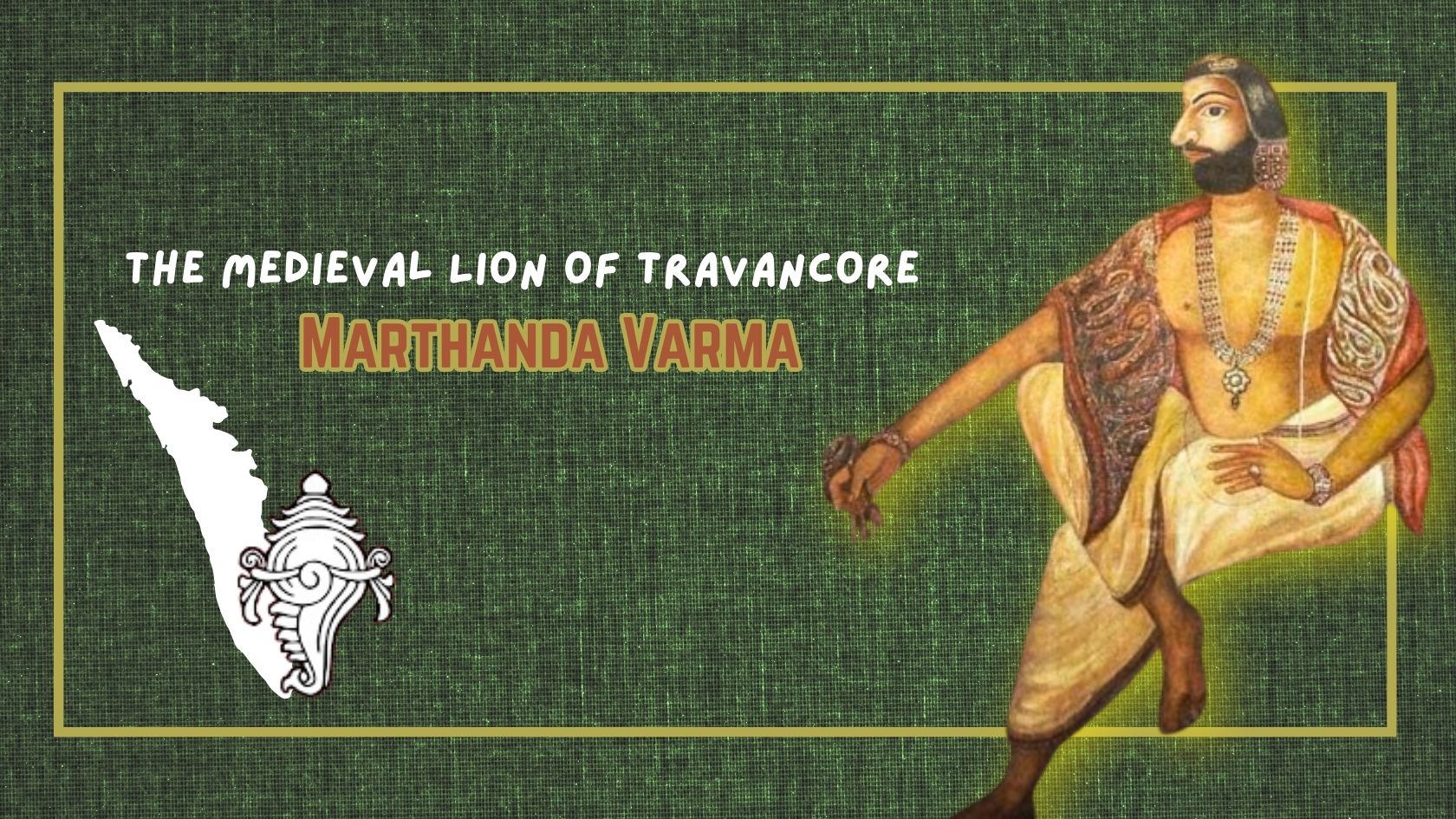
Shri Ramachandra Prasad's captivating narrative and the hot chai that was served at the right time transported me to ancient Kerala, where the extraor...
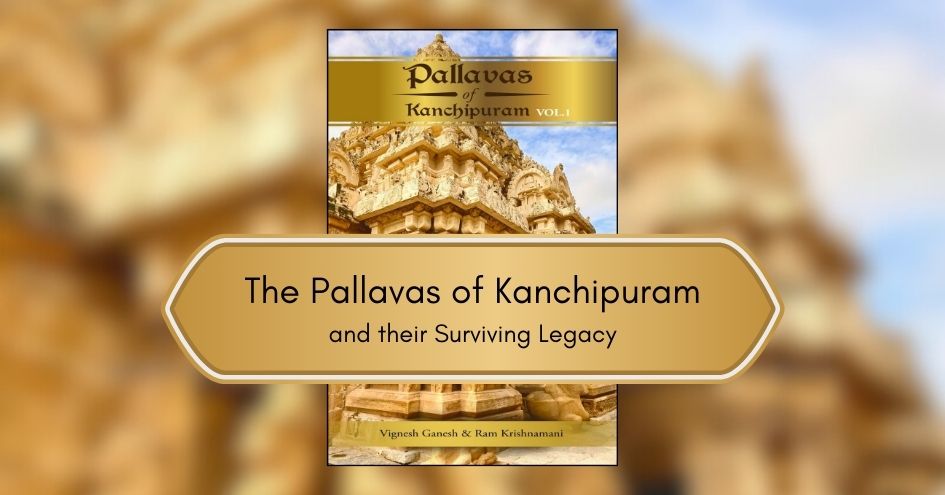
Introduction In Bharatvarsha, History is not the account narrated by victors. It is the record left behind by survivors. The study of Indian History...
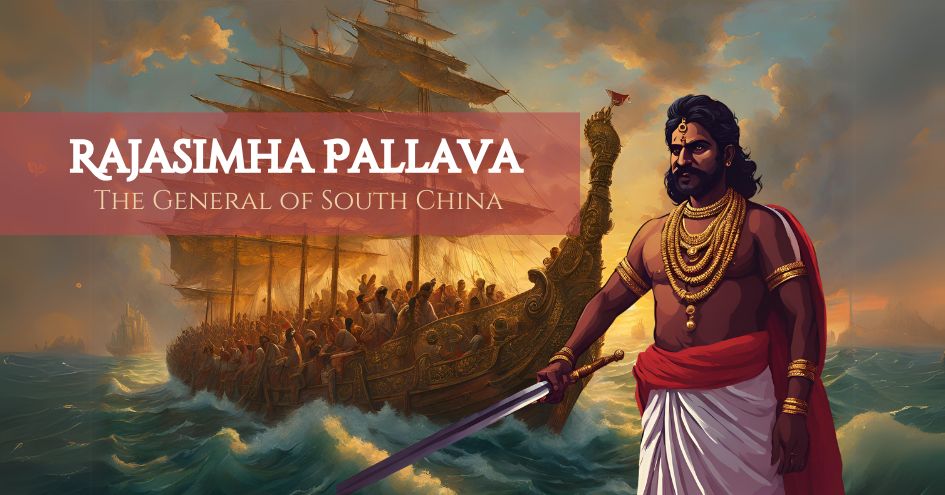
It is the first-half of the 8th Century C.E. in South India. The Pallava kingdom possesses strength and prosperity with some of the greatest monument...